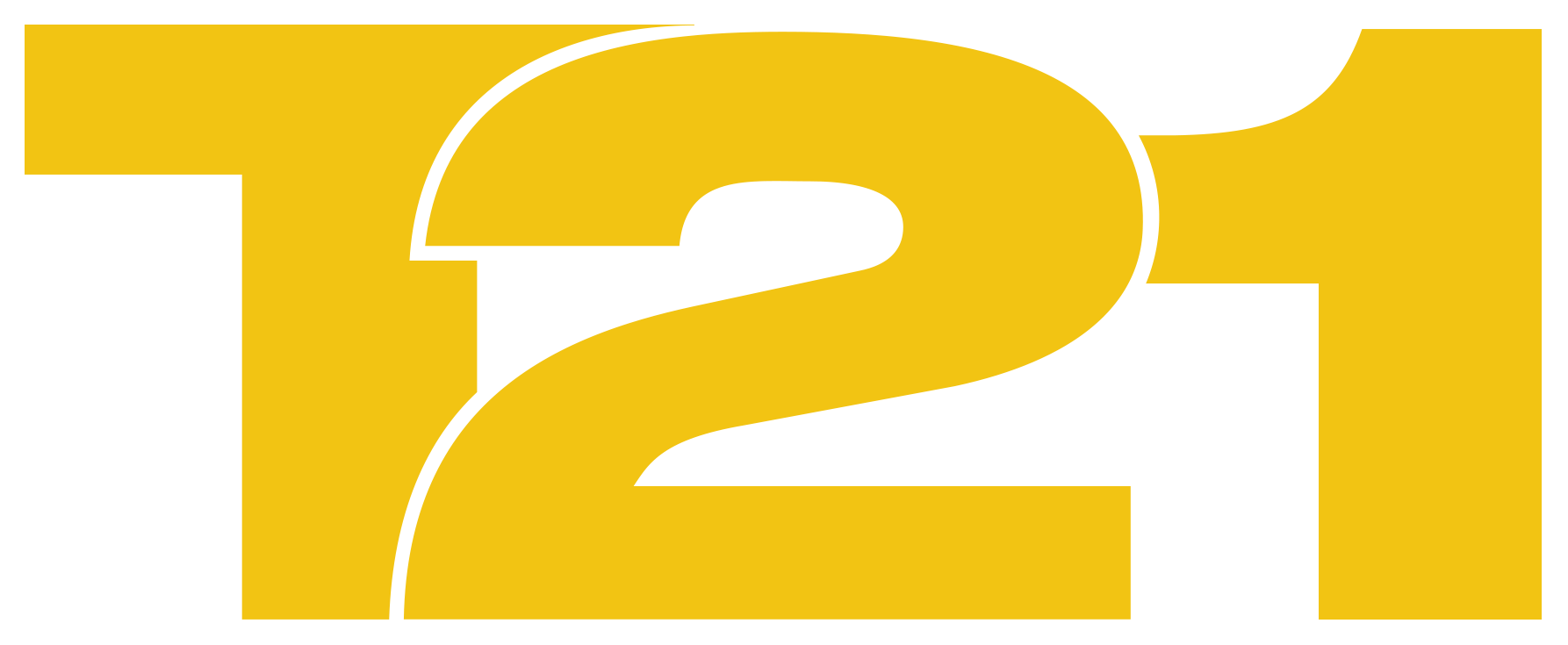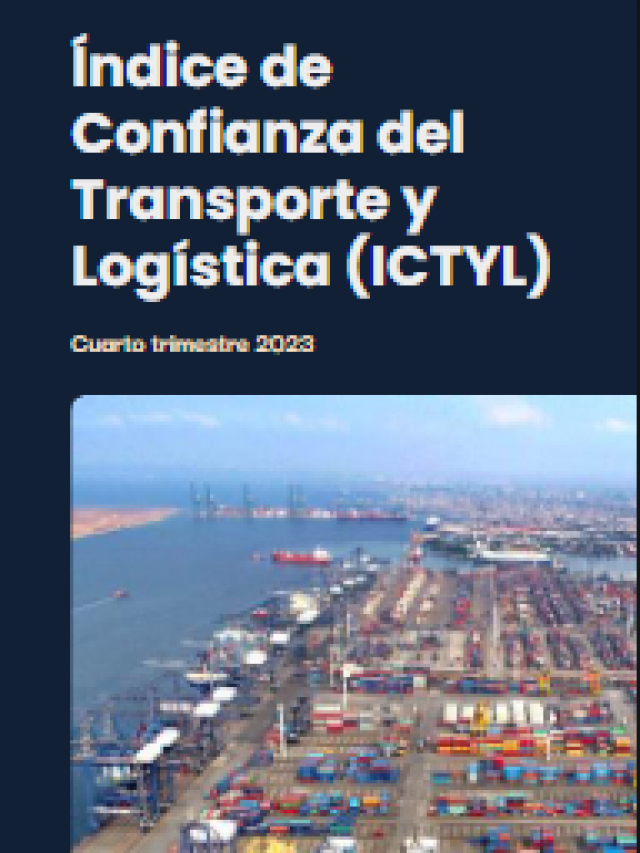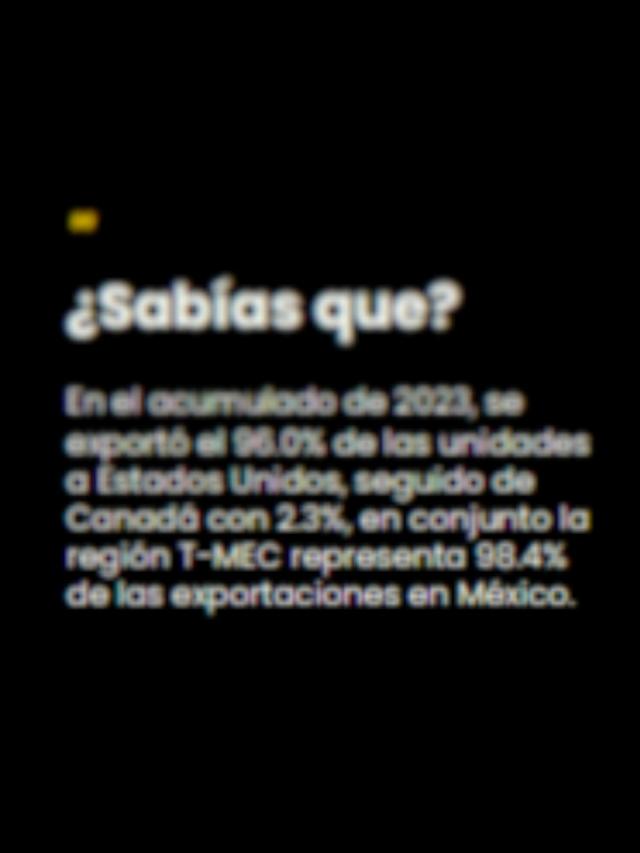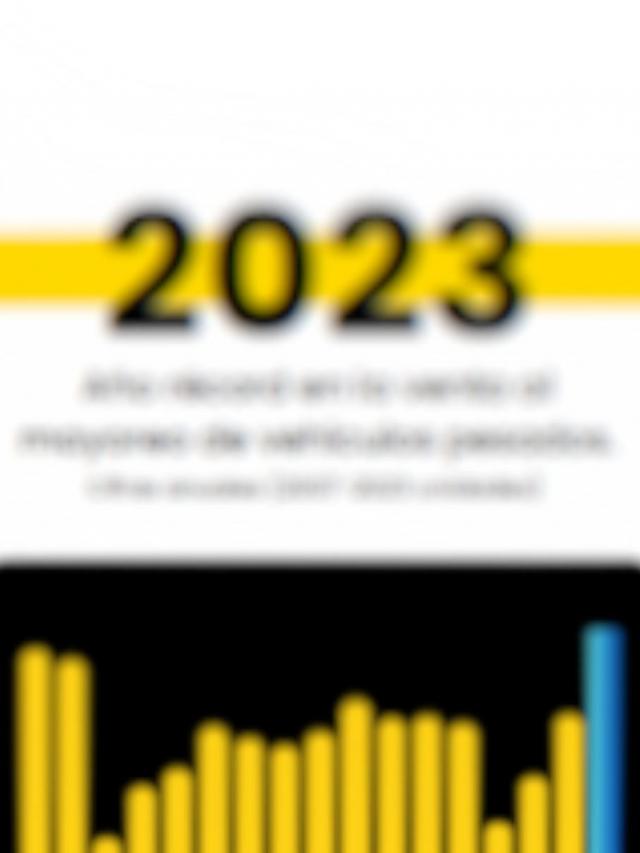
Hybrid trains have become one of the Mexican government’s major initiatives to launch passenger rail transport in the country. Currently, the Maya Train uses this model, and plans are for electric trains running on the Mexico-Querétaro and Mexico-Pachuca routes. This technology not only saves fuel but is also a good option given the impossibility of having overhead lines along the entire route.
Carlos Barreda Westphal, director of the Ferroviaria.mx platform , comments that for passenger rail projects, especially on medium to long routes, such as the one that will run from Buenavista to Querétaro and its continuation to Monterrey and Nuevo Laredo, the use of trains hauled by hybrid diesel and electric locomotives allows compatibility with freight tracks.
“These trains would be similar to those used by the Interoceanic Railway, which would not require the installation of catenaries and whose operation would be compatible with the type of infrastructure currently used by freight railways. This would allow for a significant reduction in construction times and costs. The use of electricity as a driving force reduces rolling stock maintenance costs in the medium and long term, in addition to being much more environmentally friendly,” he explained in an interview with T21.
He points out that this type of rail infrastructure is currently used in the United States and Canada for most of their intercity passenger rail networks, and its technology would allow it to be reconfigured for the exclusive use of biofuels.
Maite Ramos, general director of Alstom Mexico , explains that a bimodal train has an electric or diesel engine , and in the absence of catenary along the entire section, it is a good option. In addition, one of the advantages is the adaptation to any type of infrastructure.
Comment and follow us on X: @evandeltoro / @GrupoT21















